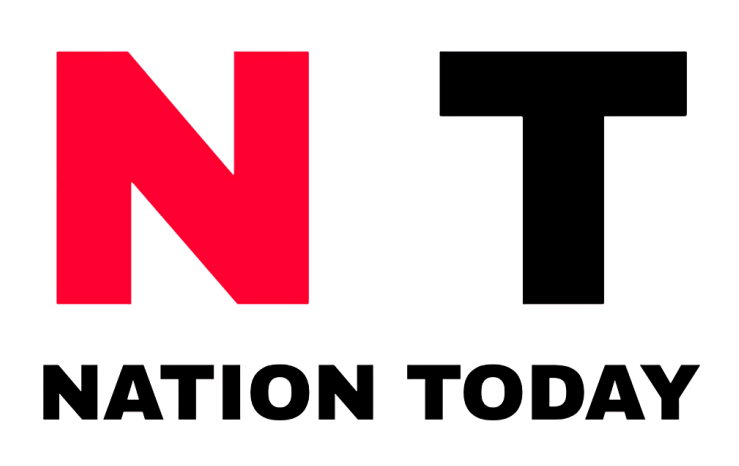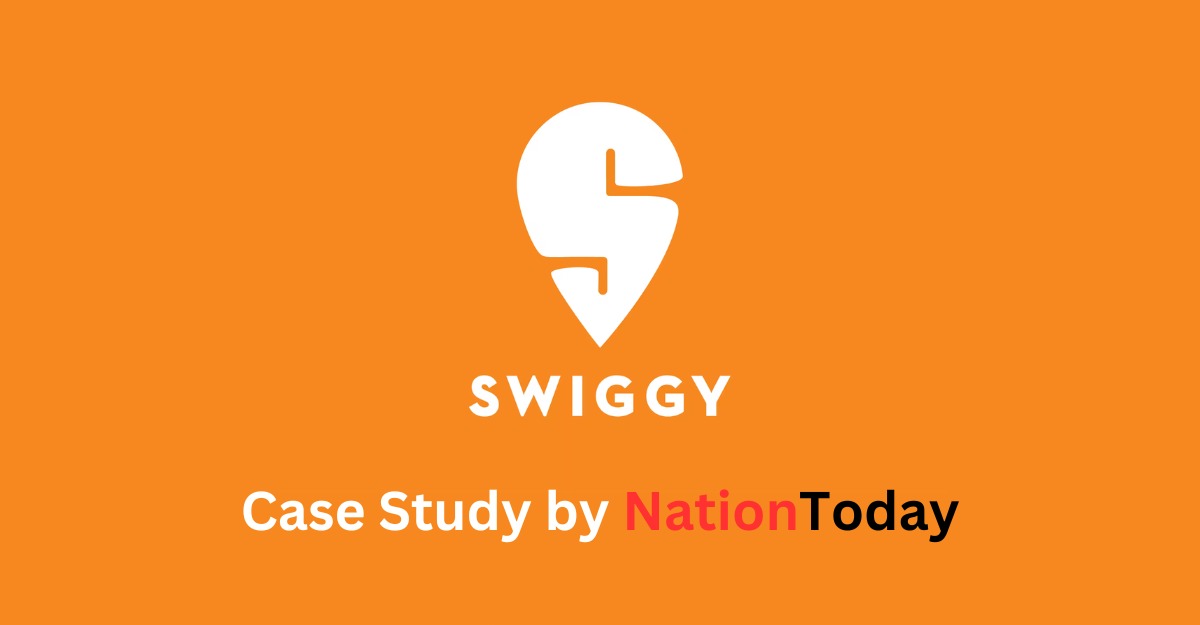Swiggy, which was established in August 2014, has established itself as a dominant player in the Indian online food ordering and delivery industry. The organization’s process started with an essential turn from a e-commerce website called Bundl to a food conveyance stage, jumping all over the chance in an area where a few new companies were confronting difficulties. Swiggy’s prosperity can be ascribed to its imaginative methodology, diverse services, vital acquisitions, and versatility to market dynamics.
In 2011, Sriharsha Majety and Nandan Reddy started their pioneering venture with Bundl, an online business site working with dispatch administrations. In any case, perceiving the difficulties in the food delivery sector, Swiggy was established in 2014 by Majety, Reddy, and Rahul Jaimini. The timing was vital as it harmonized with the battles of contenders like Foodpanda and TinyOwl.

Financial Overview:
Swiggy’s financial journey features both development and difficulties. The business reported operating revenue of Rs 8,625 crore in FY23, which is a significant increase. Be that as it may, it likewise detailed a net gain of negative Rs – 4,179 crore, stressing the cutthroat and capital-concentrated nature of the business.
The subsidizing history reflects financial backer trust in Swiggy’s true capacity. Esteemed at $3.6 billion in April 2020, Swiggy’s valuation rose to $10.7 billion in January 2022. In any case, resulting valuation changes by Invesco in 2023 brought it down to $5.5 billion. The market’s dynamic nature and the need for constant adaptation are emphasized by this fluctuation.
Swiggy’s financials for FY22 and FY23 give bits of knowledge into the company’s performance. The operating revenue expanded from Rs 5,705 crore in FY22 to Rs 8,625 crore in FY23. Notwithstanding, the organization revealed a loss of Rs 3,629 crore in FY22, which expanded to a loss of Rs 4,179 crore in FY23. The EBITDA edge improved from – 52.88% in FY22 to – 43.90% in FY23, reflecting endeavors to control costs comparative with income.
| Financial Metric | FY22 | FY23 |
|---|---|---|
| Operating Revenue (Rs crore) | Rs 5,705 crore | Rs 8,625 crore |
| Total Expenses (Rs crore) | Rs 9,574 crore | Rs 12,884 crore |
| Profit/Loss (Rs crore) | Loss of Rs 3,629 crore | Loss of Rs 4,179 crore |
| EBITDA Margin | -52.88% | -43.90% |
| Expense/Revenue Ratio | Rs 1.68 | Rs 1.56 |
| Return on Capital Employed (ROCE) | -26.78% | -42.93% |
Investments & Funding:
Swiggy’s investment strategy incorporates six ventures to date. Remarkable ventures include $180 million for Rapido’s Series D round in 2022 and $24 million in UrbanPiper’s Series B round in 2022. Swiggy’s dedication to ecosystem support and diversification can be seen in these investments.
Funding Rounds:
- Initial Investments (2015):
- Investors: Accel, SAIF Partners, Norwest Venture Partners.
- Amount: $2 million.
- Early Growth (2016):
- Investors: Previous and new investors, including Bessemer Venture Partners, Harmony Partners.
- Amount: $15 million.
- Naspers-led Funding Round (2017):
- Investors: Naspers led an $80 million funding round.
- Valuation (September 2018): Around $3.3 billion.
- Valuation Increase (April 2020):
- Valuation: Around $3.6 billion.
- Major Funding Round (July 2021):
- Investors: SoftBank, Prosus, and others.
- Amount: $1.25 billion.
- Valuation (July 2021): $5.5 billion.
- Invesco-led Fundraise (January 2022):
- Investors: Led by US asset manager Invesco.
- Amount: $700 million.
- Valuation (January 2022): $10.7 billion.
- Valuation Adjustments (March 2023):
- Invesco’s Actions: Reduced Swiggy’s valuation from $10.7 billion to $8 billion.
- Further Valuation Adjustment (May 2023):
- Valuation: Decreased to $5.5 billion.

Investments:
| Date | Company Name | Funding Round | Lead Investor | Deal Value |
|---|---|---|---|---|
| April 17, 2022 | UrbanPiper | Series B | No | $24 mn |
| April 15, 2022 | Rapido | Series D | Yes | $180 mn |
| February 22, 2021 | Fingerlix | Series C | No | $2.57 mn |
| February 1, 2021 | Maverix Platforms | Series C | No | $200 mn |
| April 7, 2020 | Fingerlix | Series C | No | $1.9 mn |
| February 26, 2019 | Fingerlix | Series C | Yes | $4.4 mn |
Acquisitions:
Swiggy’s growth was largely due to the strategic acquisitions it made. Swiggy’s focus on improving its high-end food and essentials delivery services was highlighted by the acquisition of Scootsy Logistics in 2018 and subsequent integration of its operations into Swiggy. The securing of SuprDaily in 2018, rebranded as InsanelyGood in 2023, situated Swiggy as a player in the basic food item conveyance space.
The securing of Dineout in 2022 from Times Web and LYNK Logistics in 2023 extended Swiggy’s portfolio, showing its obligation to making a complete environment for users.
Swiggy likewise took part in acqui-recruits, getting aptitude from Asian food start-up 48 East in 2017 and artificial intelligence startup Kint.io in 2019.
| Acquired Company | Date of Announcement | Cost of Acquisition |
|---|---|---|
| LYNK Logistics | Jul 13, 2023 | – |
| Dineout | May 13, 2022 | $200 million |
| Kint.io | February 4, 2019 | – |
| Supr Daily | September 1, 2018 | – |
| Scootsy | August 2, 2018 | $8 million |
| 48East | December 13, 2017 | – |
Partnerships and Collaborations of Swiggy:
Swiggy’s partnerships with significant brands like Burger King, Mcdonald’s, and Pizza Hut have reinforced its position in the market. The company’s dedication to improving the user experience is demonstrated by its partnerships with Sodexo for meal card payments and Google Local Guide for customer reviews. The launch off of Swiggy Money, a digital wallet in partnership with ICICI Bank, further broadened Swiggy’s offerings.
Swiggy’s commitment to pursuing cutting-edge technologies is demonstrated by its partnership with drone manufacturer ANRA Technologies for drone deliveries, which is an exciting development.
Market Position and Competition:
Swiggy’s fast growth is obvious in its market presence, serving over 500 urban areas across India. The company competes with homegrown startup Zomato in the food delivery and hyperlocal marketplace. The opposition has driven the two organizations to advance and grow their service offerings.
Diversification and Innovation:
Swiggy’s growth strategy included expanding its administrations past food delivery. The presentation of Swiggy Access, a kitchen hatchery, and Swiggy Go, a moment pickup/drop-off service, exhibited the organization’s obligation to innovation. Swiggy further ventured into general item conveyances under the name Swiggy Stores, which later developed into Instamart, a moment grocery delivery service utilizing dark stores.
Growth and Milestones:
Swiggy’s excursion from a startup in 2014 to a “decacorn” in the Indian startup biological system is momentous. The organization accomplished unicorn status in the span of four years, mirroring its rapid growth and market predominance. As of February 2023, Swiggy flaunts over of 3 lakh conveyance partners, conveying around 1.45 million orders each day, including services from Instamart.
The company experienced significant development as far as request volume, dealing with 1.5 million conveyances each day in October 2019, contrasted with 1.5 million conveyances each month in August 2016. This outstanding growth highlights Swiggy’s capacity to scale tasks and satisfy customer client needs.
Swiggy’s journey from a food delivery startup to an exhaustive internet based platform offering different services is a demonstration of its flexibility, innovation, and versatility. The essential acquisitions, organizations, and introductions to new verticals feature a unique way to deal with stay significant in a cutthroat market. The fluctuating valuations and monetary execution feature the difficulties of working in a capital-intensive industry, underscoring the significance of vital financial management.
Swiggy’s capacity to turn, enhance, and team up with central participants has situated it as a forerunner in the Indian food-tech area. As the organization proceeds to develop and explore difficulties, its story fills in as a motivation for new businesses hoping to have a massive effect in the consistently changing scene of the tech business.
For more such articles visit NationToday



